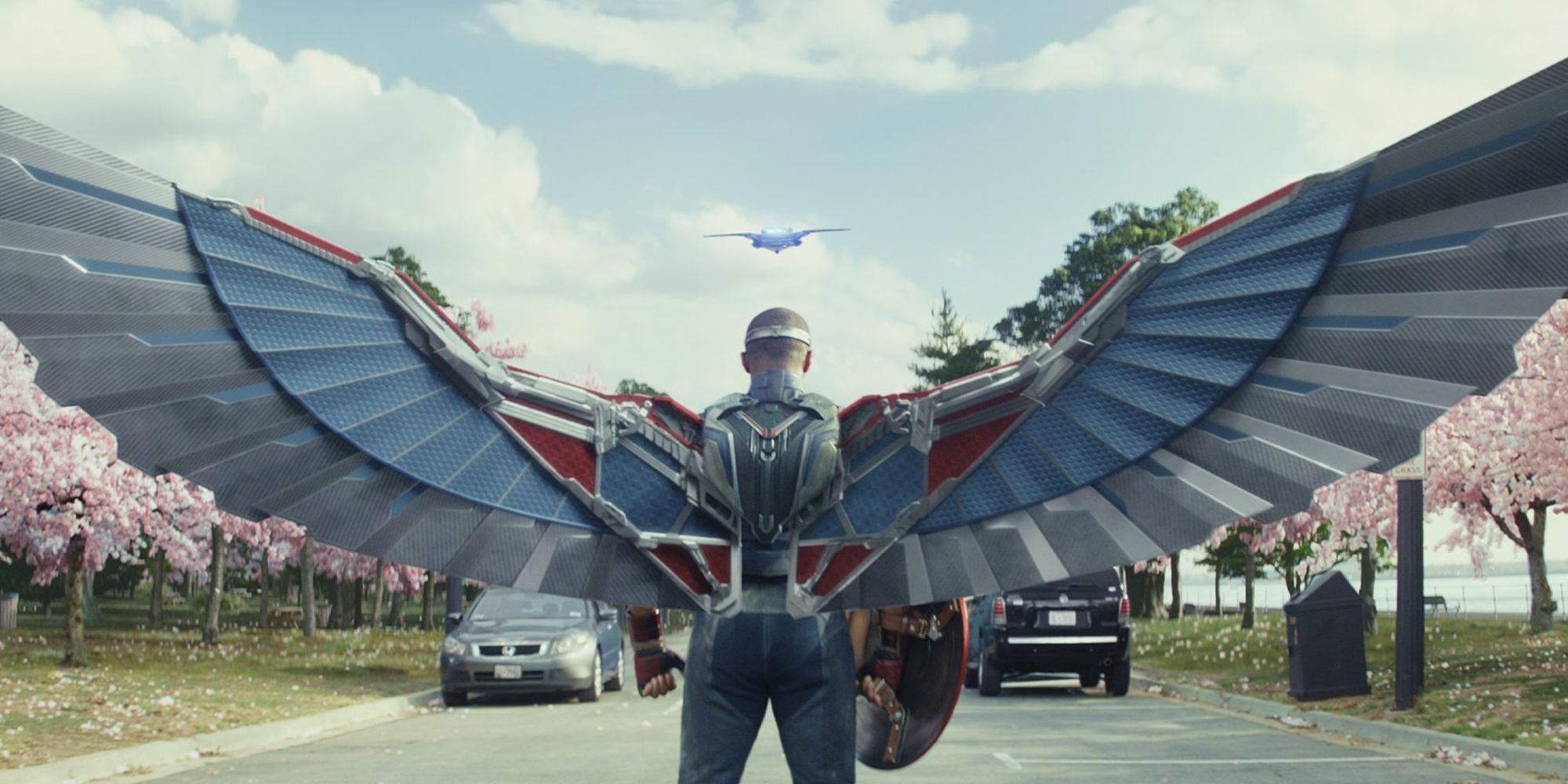In the realm of cinematic adaptations, the Marvel Cinematic Universe (MCU) has perpetually engaged audiences through dynamic storytelling, complex characters, and a rich tapestry of interconnected narratives. “Captain America: Brave New World” stands as a significant installment in this saga. As the latest chapter in Captain America’s storied franchise, it compels viewers to ponder: how does it redefine heroism in an era rife with both trials and paradoxes? This review seeks to dissect the film’s thematic depth, character evolution, and narrative approach.
First, an exploration of the film’s central theme unveils its philosophical underpinnings. The narrative challenges the traditional ideals of heroism by navigating through morally ambiguous waters. The protagonist, Sam Wilson, portrayed with compelling nuance, emerges as a figure navigating the labyrinth of leadership within a politically fraught milieu. This raises a question: does the mantle of Captain America symbolize unwavering virtue, or does it embody the complexities of modern governance with its attendant responsibilities and ethical dilemmas?
Sam Wilson’s ascent to the role of Captain America encapsulates a profound transformation, interweaving threads of legacy and individual agency. His journey is not merely a transition from one identity to another; it encapsulates the struggles of a man bearing the weight of a national emblem while grappling with his own insecurities and aspirations. The film poignantly illustrates the duality of heroism—an existence marked by sacrifice and the occasional solitude that comes with heightened expectations. This aspect prompts viewers to reflect: can true leadership coexist with vulnerability, and how does it affect the perception of heroism in contemporary society?
The film deftly employs a myriad of antagonists that embody diverse threats, metaphorically representing societal discord. These adversaries are not merely foils to the protagonist but are intricately developed characters that challenge the audience’s perceptions of right and wrong. For instance, a particularly striking antagonist, framed within the narrative, embodies a radical ideology that questions the moral fabric of heroism. This complex portrayal compels viewers to reconsider their preconceived notions about villainy and the societal forces that shape it. Are villains born from ideology or circumstance? This question resonates with the audience, eliciting contemplation and discussion beyond the scope of the narrative.
In addition, “Captain America: Brave New World” invests heavily in its supporting cast, enriching the story with a confluence of narratives that reflect the diverse experiences of its characters. The intricate relationships between Wilson and other key players are showcased with remarkable depth, laying bare the synergies and tensions that arise within their interactions. Characters like Bucky Barnes are not static but evolve alongside Wilson, questioning their own sense of loyalty and purpose. This evolution speaks to the broader theme of generational change and the often fraught transition of power, inviting contemplation on the future of heroism in a rapidly changing world.
The visual aesthetic of the film merits commendation, as it employs striking cinematography to complement its thematic intricacies. The directors and cinematographers weave a visual narrative that mirrors the emotional arcs of the characters, utilizing color palettes and framing techniques that enhance the gravity of the storyline. From soaring battle sequences to intimate, emotionally charged moments, the visual dynamics engage the audience on a visceral level. This prompts an inquiry: how do visual elements amplify the emotional resonance of a film’s narrative? The cinematographic choices underscore the philosophical quandaries at the heart of the film, transforming it into a sensory experience that catalyzes deeper engagement.
The film’s score also contributes significantly to its atmospheric depth. Composed to evoke a spectrum of emotions, the musical score underscores pivotal moments, offering auditory cues that heighten tension or facilitate reflection. This score serves as both a narrative companion and a psychological landscape, inviting viewers to immerse themselves fully in the film’s introspective moments. One might wonder: how critical is the role of sound in shaping the viewer’s emotional landscape? The orchestration invites an exploration of the synergy between sound and storytelling, enriching the cinematic tapestry.
As with any film, “Captain America: Brave New World” is not without its complexities, which also present challenges. The film’s ambitious narrative scope sometimes leads to pacing issues, particularly in its midsection, where the interlacing storylines can feel crowded. This aspect raises a potential critique: can a film simultaneously address personal journeys and broader socio-political themes without sacrificing narrative coherence? Striking a balance between personal storytelling and expansive world-building presents an inherent challenge.
In conclusion, “Captain America: Brave New World” is a multifaceted examination of heroism that interrogates the very fabric of leadership in modern society. Through its robust character development, intricate relationships, and thematic depth, it compels viewers to engage with pressing questions about morality and governance. The film evokes a powerful duality—the juxtaposition of personal struggle against larger institutional challenges—prompting a discussion that extends beyond the screen. In an era where the concept of heroism is as fluid as the times themselves, this cinematic exploration offers a thought-provoking lens through which to reassess what it truly means to be a hero. Ultimately, it beckons audiences to navigate their own answers to the enduring question: what kind of hero do we seek in a brave new world?












